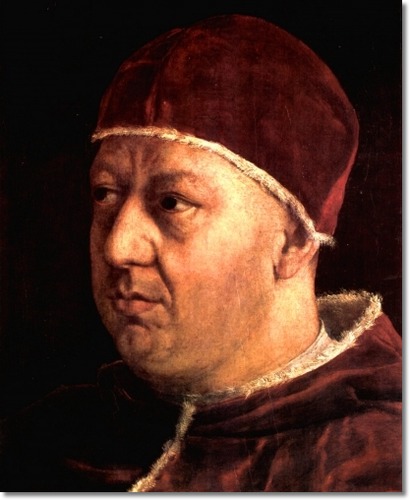How to create great art
1. It must not be about what it appears to be about. The Godfather is about obligation, family, growth, proving yourself to doubters, history and many other facets of human existence. It is not about the Mafia. The Mafia is a vehicle by which the real points are transported. Michelangelo’s David isn’t a marble representation of a kid from the Bible; it’s a symbol of the defence of civil liberties. King Lear is about justice; compassion and reconciliation; appearance versus reality. It’s not about an old man who has to step down from ruling a country.
2. It must teach us something about the essence of life. See above. Lear: ‘Many a true word hath been spoken in jest’. This is really what all art is about: from stand up comedy (Lenny Bruce explaining the true function of the word ‘nigger’) to music (listen to Kooks by David Bowie. The fundamentals of parenthood are all there) and every other art form in between. If it hasn’t taught the world something, true greatness has passed it by.
3. Maximum meaning, minimum means. Anyone can explain anything in a million words. If art is going to be great it needs to rise above something within the grasp of every human being on earth. Donne said, ‘No man is an island’. Larkin said, ‘They fuck you up, your mum and dad’. Milton said, ‘They also serve who only stand and wait’. Those short sentences are so rich they say more to us than many books. Look how much personality and life Rafael brings to a single man’s face:
4. It must contain an element of originality. Just as easy as expressing a thought in many words is copying what someone else has done. You don’t have to be entirely original (after all, how many great paintings of the Virgin Mary have there been?), but you do need to bring something hitherto unseen to your art: a new perspective can be just as original as a new story or a new subject.
5. It must endure. This is why it’s hard to appraise more recent art as ‘great’: longevity is an important aspect of art’s quality. It lets us know that a fundamental truth has been expressed, one that is as relevant to a serving maid in the 1700s as it is to a newspaper editor in 2013. For every new day that we still find so much of ourselves in Othello, its greatness will continue to grow.
Your art can possess any, all or none of the above, but the greater in number and extent that it delivers, the greater it will be.

Excellent analysis. I would odd only that great art should ideally tell us something we don’t know, preferably giving us an insight into a new or unexplored subject – like the Godfather. That’s why nearly all paintings of Madonna and child are forgotten.
Good point.
As a catholic i can point you to millions of awesome Virgin Mary pix and statues. Great list. all true.
What would be your top 5 pieces of Great art?
Has advertising ever produced great art
What has the nearest advertising has come to it?
What are you having for lunch?
Great art needs an opinion.
A good post. Hard to disagree.
@ Sell Sell
But does it? Is not great art great art whether or not the critics (at the time) say it is? The art was always there. The critics (at the time) failed to notice the fact. The tree falling in the forest and all that.
Gogglebox – despite the critics going ‘ooh isn’t this fun’ – is very far from being art. I know you’re not saying it is. I just wanted to make that point.
I love mixing art and religion. My all time fave has to be piss christ.
http://en.wikipedia.org/wiki/Piss_Christ
Take an image of christ, pop it into a bottle and proceed to fill with piss. More museums should be full of these kind of relics.
I’m currently working on my latest masterpiece, sperm buddha, although I am limited by my daily allowance.
Sorry Mister Gash, my mishtake – I meant great art needs to HAVE an opinion.
But then again, that’s just an opinion.
Innit.
The shroud of urine.
Great stuff, Ben. My favourite quote on the subject – “Art is a criticism of life.”
I take that as a great compliment, Scampy.
Art?
Bartstard I call it.
@ Sell Sell
Indeed it is.
Bruv.